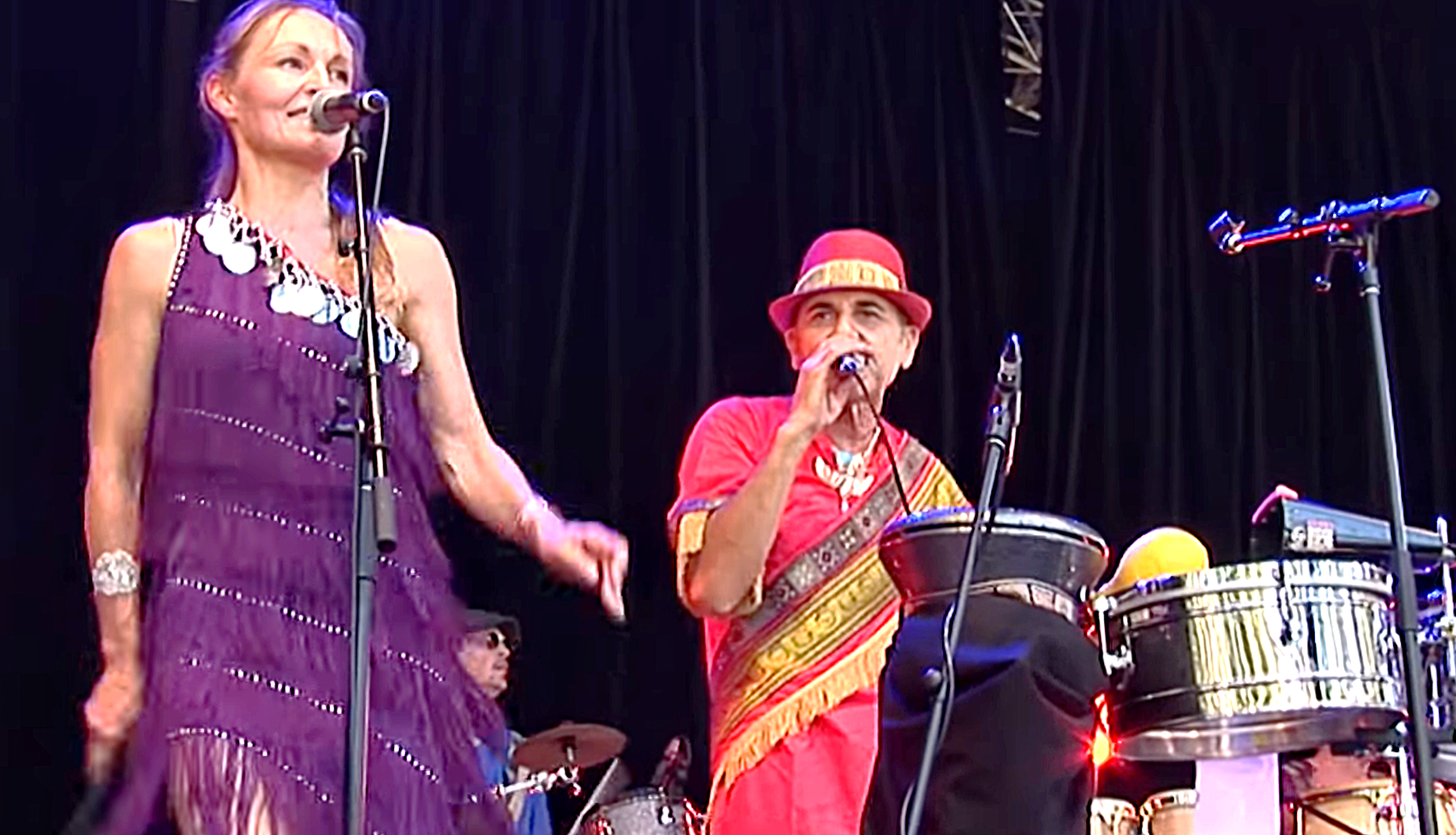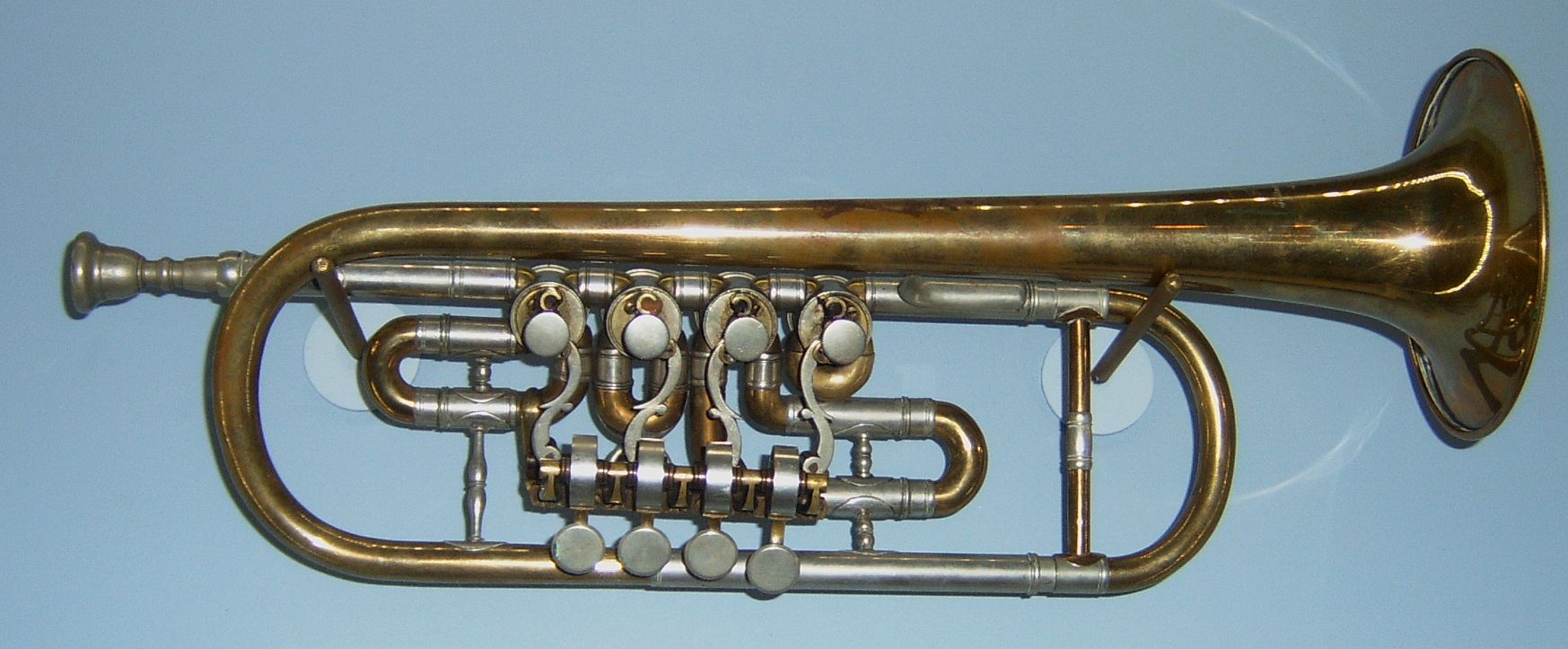|
Syriac Folk Music
Assyrian folk/pop music, also known as Assyrian folk-pop or modern Syriac music ( syr, ܡܘܣܝܩܝ ܣܦܝܢܘܬܐ ܐܬܘܪܝܬܐ/ܣܘܪܝܝܬܐ), is the musical style of the Assyrian people derived from traditional music that includes a broad range of stylistic varieties, which would also encompass fusions of Western genres such as pop, electronic, Latin, jazz and/or classical music, with a melodic basis of Assyrian folk. Background Assyrian folk music claims to be the descendant of the music of their ancient Upper Mesopotamian ancestors that has survived in the liturgical music of the Syriac Churches. Assyrian songs are generally sung in Iraqi Koine, a standard variety of Assyrian Neo-Aramaic. However, older songs mostly had an Urmian dialect and tribal-folk music tend to contain Tyari dialects. Themes tend to focus on longing, melancholy, strife and love issues. Assyrian songs are usually lengthy, tending to be around 5 minutes long on average. Composition Assyrian folk can ... [...More Info...] [...Related Items...] OR: [Wikipedia] [Google] [Baidu] |
Kurdish Music
Kurdish music refers to music performed in the Kurdish languages and Zaza-Gorani languages. The earliest study of Kurdish music was initiated by the renowned Armenian priest and composer Komitas in 1903, when he published his work ''" Chansons kurdes transcrites par le pere Komitas"'' which consisted of twelve Kurdish melodies which he had collected. The Armenian Karapetê Xaço also preserved many traditional Kurdish melodies throughout the 20th century by recording and performing them. In 1909, Scholar Isya Joseph published the work "''Yezidi works''" in which he documented the musical practice of the Yazidis including the role of the musician-like qawâl figures and the instruments used by the minority. Kurdish music appeared in phonographs in the late 1920s, when music companies in Baghdad began recording songs performed by Kurdish artists. Despite being secondary to vocals, Kurds use many instruments in traditional music. Musical instruments include the tembûr (see kurdish ... [...More Info...] [...Related Items...] OR: [Wikipedia] [Google] [Baidu] |
Swing (jazz Performance Style)
In music, the term ''swing'' has two main uses. Colloquially, it is used to describe the propulsive quality or "feel" of a rhythm, especially when the music prompts a visceral response such as foot-tapping or head-nodding (see pulse). This sense can also be called "groove". It is also known as shuffle. The term swing, as well as ''swung note(s)'' and ''swung rhythm'', is also used more specifically to refer to a technique (most commonly associated with jazz but also used in other genres) that involves alternately lengthening and shortening the first and second consecutive notes in the two part pulse-divisions in a beat. Overview Like the term "groove", which is used to describe a cohesive rhythmic "feel" in a funk or rock context, the concept of "swing" can be hard to define. Indeed, some dictionaries use the terms as synonyms: "Groovy ... denotes music that really swings." The ''Jazz in America'' glossary defines ''swing'' as, "when an individual player or ensemble performs ... [...More Info...] [...Related Items...] OR: [Wikipedia] [Google] [Baidu] |
Latin Pop
Latin pop (in Spanish and in Portuguese: Pop latino) is a pop music subgenre that is a fusion of US–style music production with Latin music genres from anywhere in Latin America and Spain. Originating in Spanish-speaking musicians, Latin pop may also be made by musicians in Portuguese (mainly in Brazilian Portuguese) and the various Romance Creole languages. Latin pop usually combines upbeat Latin music with American pop music. Latin pop is commonly associated with Spanish-language pop, rock, and dance music. History Latin pop is one of the most popular Latin music genres today. However, before the arrival of artists like Alejandro Sanz, Thalía, Luis Miguel, Selena, Paulina Rubio, Shakira, Carlos Vives, Ricky Martin, Gloria Trevi and Enrique Iglesias, Latin pop first reached a global audience through the work of bandleader Sergio Mendes in the mid-1960s; [...More Info...] [...Related Items...] OR: [Wikipedia] [Google] [Baidu] |
Andalusian Cadence
The Andalusian cadence (diatonic phrygian tetrachord) is a term adopted from flamenco music for a chord progression comprising four chords descending stepwise – a iv–III–II–I progression with respect to the Phrygian mode or i–VII–VI–V progression with respect to the Aeolian mode(minor).Mojácar Flamenco , a website about basics in Flamenco music It is otherwise known as the minor descending tetrachord. Traceable back to the , its effective sonorities made it one of the most popular progressions in |
Evin Agassi
Evin Agassi, also written as Evin Aghassi (Syriac: ܐܝܒ̣ܢ ܐܓܣܝ, born September 1945), is an Assyrian-American singer who has released over 20 albums during his career.Evin Agassi , AssyrianVoice.net His music career spans for 50 years, but it peaked in the 1980s and 1990s. One of the better-known Assyrian singers, he had since toured Australia, Europe and Asia. The majority of his songs were and are written by his brother, Givergiss Agassi, both in and . His first name is generally pronounced ''Evan'' by [...More Info...] [...Related Items...] OR: [Wikipedia] [Google] [Baidu] |
Natural Minor Scale
In music theory, the minor scale is three scale patterns – the natural minor scale (or Aeolian mode), the harmonic minor scale, and the melodic minor scale (ascending or descending) – rather than just two as with the major scale, which also has a harmonic form but lacks a melodic form. In each of these scales, the first, third, and fifth scale degrees form a minor triad (rather than a major triad, as in a major scale). In some contexts, ''minor scale'' is used to refer to any heptatonic scale with this property (see Related modes below). Natural minor scale Relationship to relative major A natural minor scale (or Aeolian mode) is a diatonic scale that is built by starting on the sixth degree of its relative major scale. For instance, the A natural minor scale can be built by starting on the 6th degree of the C major scale: : Because of this, the key of A minor is called the ''relative minor'' of C major. Every major key has a relative minor, which starts on ... [...More Info...] [...Related Items...] OR: [Wikipedia] [Google] [Baidu] |
Aeolian Mode
The Aeolian mode is a musical mode or, in modern usage, a diatonic scale also called the natural minor scale. On the white piano keys, it is the scale that starts with A. Its ascending interval form consists of a ''key note, whole step, half step, whole step, whole step, half step, whole step, whole step.'' That means that, in A aeolian (or A minor), you would play A, move up a whole step (two piano keys) to B, move up a half step (one piano key) to C, then up a whole step to D, a whole step to E, a half step to F, a whole step to G, and a final whole step to a high A. : History The word ''Aeolian'', like the names for the other ancient Greek ''tonoi'' and ''harmoniai'', is an ethnic designation: in this case, for the inhabitants of Aeolis (Αἰολίς)—the Aeolian Islands and adjacent coastal district of Asia Minor. In the music theory of ancient Greece, it was an alternative name (used by some later writers, such as Cleonides) for what Aristoxenus called the Low Lydian '' ... [...More Info...] [...Related Items...] OR: [Wikipedia] [Google] [Baidu] |
Harmonic Minor
In music theory, the minor scale is three scale patterns – the natural minor scale (or Aeolian mode), the harmonic minor scale, and the melodic minor scale (ascending or descending) – rather than just two as with the major scale, which also has a harmonic form but lacks a melodic form. In each of these scales, the first, third, and fifth scale degrees form a minor triad (rather than a major triad, as in a major scale). In some contexts, ''minor scale'' is used to refer to any heptatonic scale with this property (see Related modes below). Natural minor scale Relationship to relative major A natural minor scale (or Aeolian mode) is a diatonic scale that is built by starting on the sixth degree of its relative major scale. For instance, the A natural minor scale can be built by starting on the 6th degree of the C major scale: : Because of this, the key of A minor is called the ''relative minor'' of C major. Every major key has a relative minor, which starts on ... [...More Info...] [...Related Items...] OR: [Wikipedia] [Google] [Baidu] |
Phrygian Mode
The Phrygian mode (pronounced ) can refer to three different musical modes: the ancient Greek ''tonos'' or ''harmonia,'' sometimes called Phrygian, formed on a particular set of octave species or scales; the Medieval Phrygian mode, and the modern conception of the Phrygian mode as a diatonic scale, based on the latter. Ancient Greek Phrygian The octave species (scale) underlying the ancient-Greek Phrygian ''tonos'' (in its diatonic genus) corresponds to the medieval and modern Dorian mode. The terminology is based on the '' Elements'' by Aristoxenos (fl. c. 335 BC), a disciple of Aristotle. The Phrygian ''tonos'' or ''harmonia'' is named after the ancient kingdom of Phrygia in Anatolia. In Greek music theory, the ''harmonia'' given this name was based on a ''tonos'', in turn based on a scale or octave species built from a tetrachord which, in its diatonic genus, consisted of a series of rising intervals of a whole tone, followed by a semitone, followed by a whole tone. : In ... [...More Info...] [...Related Items...] OR: [Wikipedia] [Google] [Baidu] |
Minor Key
In Western music, the adjectives major and minor may describe a chord, scale, or key. As such, composition, movement, section, or phrase may be referred to by its key, including whether that key is major or minor. Intervals Some intervals may be referred to as ''major'' and ''minor''. A major interval is one semitone larger than a minor interval. The words ''perfect'', ''diminished'', and ''augmented'' are also used to describe the quality of an interval. Only the intervals of a second, third, sixth, and seventh (and the compound intervals based on them) may be major or minor (or, rarely, diminished or augmented). Unisons, fourths, fifths, and octaves and their compound interval must be perfect (or, rarely, diminished or augmented). In Western music, a minor chord "sounds darker than a major chord". Kamien, Roger (2008). ''Music: An Appreciation'', 6th Brief Edition, p. 46. . Scales and chords The other uses of ''major'' and ''minor'' generally refer to scales and ... [...More Info...] [...Related Items...] OR: [Wikipedia] [Google] [Baidu] |
Quarter Tone
A quarter tone is a pitch halfway between the usual notes of a chromatic scale or an interval about half as wide (aurally, or logarithmically) as a semitone, which itself is half a whole tone. Quarter tones divide the octave by 50 cents each, and have 24 different pitches. Quarter tone has its roots in the music of the Middle East and more specifically in Persian traditional music. However, the first evidenced proposal of quarter tones, or the quarter-tone scale (24 equal temperament), was made by 19th-century music theorists Heinrich Richter in 1823Julian Rushton, "Quarter-Tone", ''The New Grove Dictionary of Music and Musicians'', second edition, edited by Stanley Sadie and John Tyrrell (London: Macmillan, 2001). and Mikhail Mishaqa about 1840. Composers who have written music using this scale include: Pierre Boulez, Julián Carrillo, Mildred Couper, George Enescu, Alberto Ginastera, Gérard Grisey, Alois Hába, Ljubica Marić, Charles Ives, Tristan Murail, Krzysztof Pendere ... [...More Info...] [...Related Items...] OR: [Wikipedia] [Google] [Baidu] |



.jpg)




